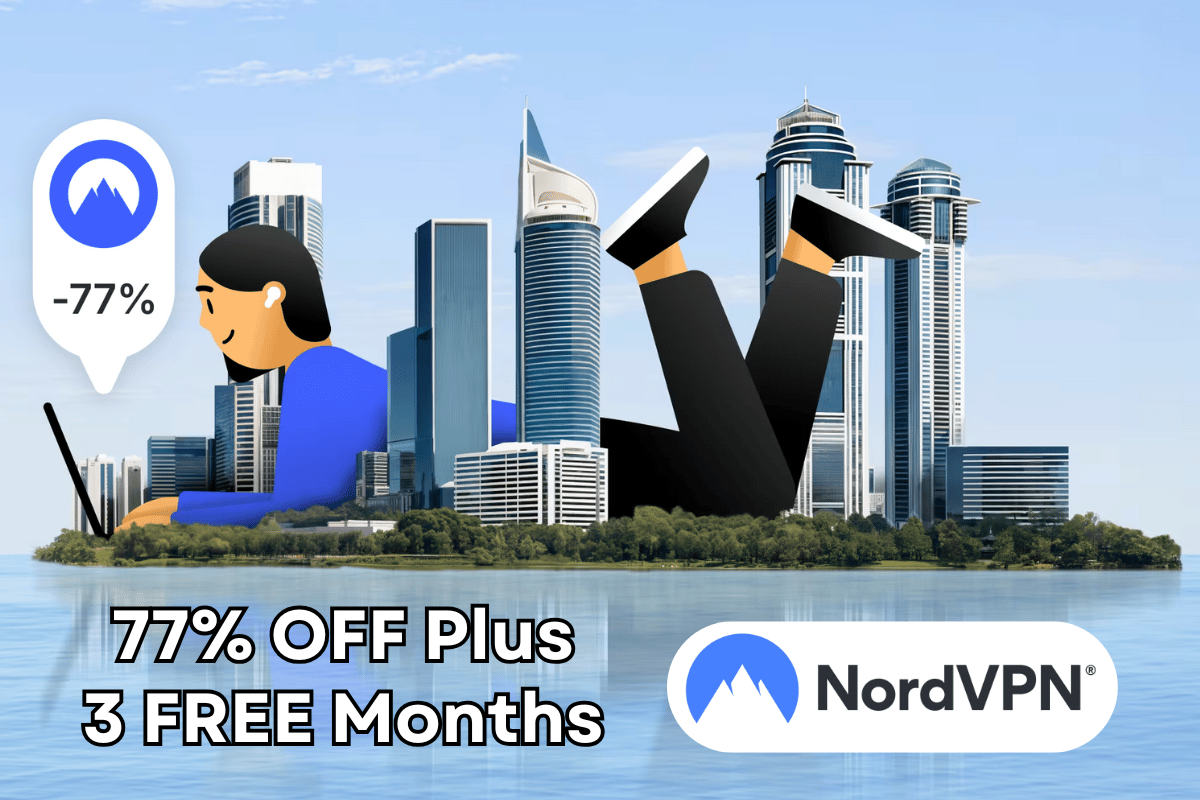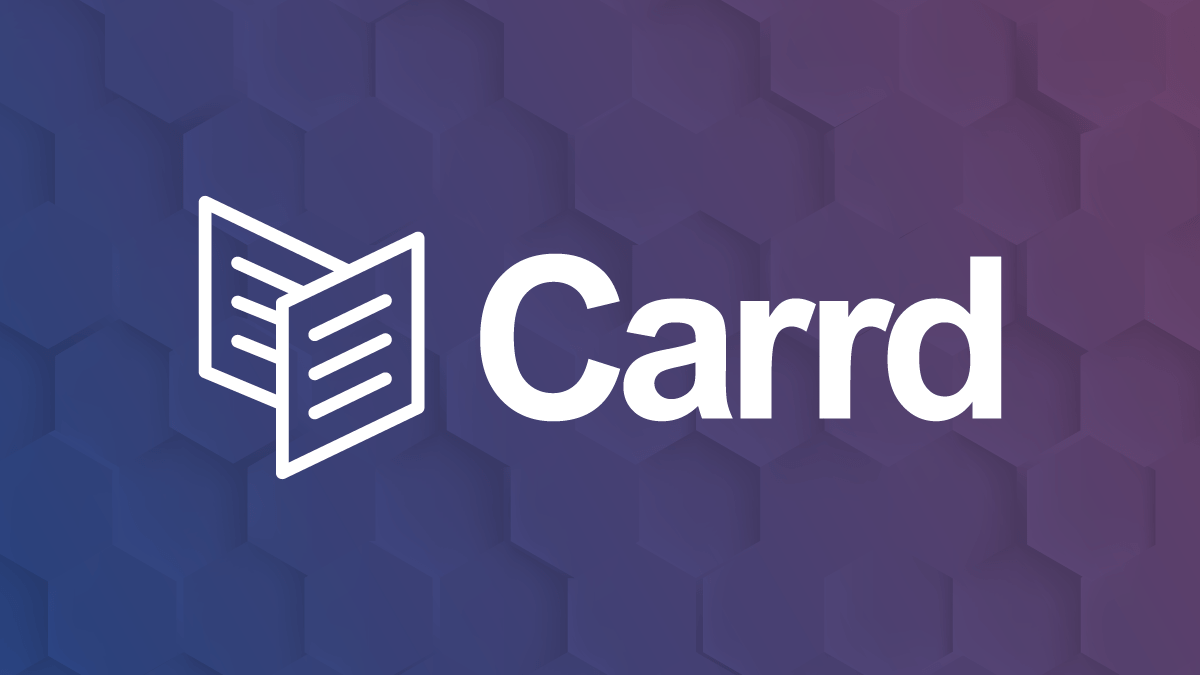📸 OpenAI’s new GPT-4o image model is breaking the internet. So how can you get a piece of the action?
If you’re a solo founder or indie builder, now’s the perfect time to launch a lightweight web app that transforms selfies into stylized art using curated aesthetic packs—just like the viral Ghibli-style trend.
In this edition of Easy Startup Ideas, you’ll learn how to build a trend-driven AI image tool, validate it fast, and turn it into a revenue-generating product with real consumer appeal.
Featured Business - NordVPN
Today’s Idea
An AI-powered web app that transforms user selfies (or other uploaded photos) into niche visual styles based on small curated reference packs — from Ghibli to vintage magazine covers to chalkboard drawings. New styles can be added weekly!

Ideal Customer
Primary: Gen Z and Millennials using Instagram, TikTok, and dating apps. They want fun, creative versions of themselves for sharing.
Secondary: Cosplayers, fan artists, fandoms (e.g., anime fans, vintage fashion), and creators looking to generate stylized content.
Tertiary: Brands and influencers who want to create stylized versions of their products, packaging, or ads.

Why It Will Succeed
Specificity: General-purpose AI art tools can't recreate highly curated looks (e.g. “1990s Anime Commercial Look”). You can.
Emotion: People love seeing themselves in alternate worlds or nostalgic aesthetics.
Flexibility: You can continuously drop new styles, react to trends, and even let influencers create their own style packs.
Low Effort: Users only need to upload a selfie. The rest is done for them.

Getting Started and Building an MVP
Step 1: Define the Core Experience
The product revolves around a simple, addictive loop:
User uploads an image (usually a selfie or pet photo)
They choose from a curated set of visual styles
The image is transformed into that style and returned
User can download it or share it on social
Your goal with the MVP is to test that loop with real users using a few styles and minimal infrastructure. This lets you validate engagement, style preferences, and viral potential before you invest in anything deeper.
Step 2: Prepare for GPT-4o API Integration
The upcoming GPT-4o image model is a critical enabler. Based on early internal demos, it is expected to:
Accept multimodal input (text + images)
Render consistent, high-quality image outputs in a controllable style
Accept prompt conditioning and possibly reference images
However, the image generation API is not publicly available yet. Expect it to become accessible within the next few weeks.
Your MVP should be designed so you can swap in GPT-4o image generation as soon as it's released, without needing a full rebuild.
Until then, use fallback image generation tools that mimic the intended output:
Replicate: Use models like Stable Diffusion + ControlNet for style transformation with reference images
PlaygroundAI or Invoke: For local or browser-based image-to-image generation with prompt control
Hugging Face Spaces: Several hosted image transformers available for free testing
Step 3: Choose a Stack That Works for You
You can go with either a code-based or low-code approach depending on your speed and comfort.
Option A: Code-Based Stack (Best if you're comfortable with Next.js or similar)
Frontend: Next.js with Tailwind CSS
Backend: Supabase (auth, image storage, user data)
Image Processing Backend: Start with Replicate or Hugging Face APIs, later switch to GPT-4o
Image Upload: Use Cloudinary or Supabase Storage for easy hosting and CDN delivery
Job Queue: Simple API that submits image + style to the model and returns the processed output
Use Claude or GitHub Copilot to speed up coding the backend APIs and frontend logic. They’re especially useful for writing integration layers (e.g., file uploads, image previews, API calls).
Option B: No-Code / Low-Code Stack (Faster, less flexible)
Image Storage: Cloudinary or Firebase Storage
MVP Hosting: Vercel (if using Next.js), or Replit’s deployment for low-code apps
This setup lets you ship within 1–3 days, even if you're not deep in backend coding.
Step 4: Build These Core MVP Components
Upload Interface
A simple web form that lets users drop in a photo or selfie.Style Picker
Show 3–5 visual “style packs,” each with a preview thumbnail (you can create mock results manually if needed for now). Each style should be visually distinct and recognizable. Early popular styles could mimic viral trends, similar to the current Ghibli style trend.Render Queue
When a user submits, queue the image and call your current model (e.g. ControlNet on Replicate). Return the stylized image and store it in Supabase or Cloudinary.Result Viewer + Share Option
Once processing is done, show the side-by-side comparison and give them the ability to:Download
Share to Instagram/TikTok
Get a link to their result
Optionally, enter their email to get new styles in future
Basic Analytics (optional)
Track which styles are most used, most downloaded, and whether users return.
Step 5: Test with Real Users
Even without GPT-4o, testing with 20–50 people using this fallback model will give you:
Proof of engagement and virality
A feel for which styles resonate
A functioning frontend pipeline you can upgrade instantly once GPT-4o is live
Use Discord groups, Reddit threads, or small Instagram communities to quietly release and observe reactions. Focus less on perfection and more on stickiness and curiosity.
Step 6: Prepare for GPT-4o Integration
As soon as GPT-4o’s image model is released via API:
Swap out your current backend call to Replicate or other model
Use GPT-4o’s image+prompt input to generate higher quality, more on-style images
Add support for better prompt control and user personalization (e.g., upload a few selfies to make future generations more consistent)
This is your leverage point. Most developers will start from scratch with GPT-4o when it comes out — but you’ll already have a functioning system and active users.

Build one-page sites for pretty much anything.
Whether it's a personal profile, a landing page to capture emails, or something a bit more elaborate, Carrd has you covered. Simple, responsive, and yup — totally free.

Monetization Strategies
1. Freemium with Credits
Offer 1 free stylized image per day to hook users. After that, users purchase credit packs (e.g. $4.99 for 10 renders, $9.99 for 25).
Offer bonus credits for actions like sharing on social media or inviting friends.
2. Style Pack Marketplace
Allow illustrators, designers, or influencers to submit their own aesthetic “style packs” (15–30 reference images per pack) that others can use.
You take a cut (e.g. 30%) from purchases, while the pack creator earns passive income.
This turns the app into a small ecosystem for creative expression and monetization.
3. Subscriptions for Power Users
Offer a monthly membership (e.g. $9.99/month) that includes:
Unlimited generations
Early access to new style packs
Ability to vote on future styles
Premium-only features like batch processing or full-scene generation
4. Custom/Branded Style Packs
Partner with creators or small brands (especially those in fashion, music, or fandoms) to create branded or thematic style packs.
These can be sold as premium drops ($2.99–$6.99 each) or bundled into a seasonal release.
Some brands may pay for exposure or use the platform for mini-campaigns.

Marketing Strategies
1. TikTok & Instagram Challenges
Create public challenges around new style drops (e.g., “What I’d look like in a retro 90s anime”).
Encourage users to tag the app, use a hashtag, and show their before/after.
Offer free credits to those who participate.
2. UGC Loops (User-Generated Content)
Every shared result is free advertising. Add a subtle watermark or corner logo (tastefully).
Incentivize users to share by offering bonus credits or entries into a monthly giveaway.
3. Partner with Micro-Influencers
Give niche creators in anime, fashion, or nostalgia spaces early access to new packs.
Let them create their own style pack in collaboration with your team, which they can promote and profit from.
Focus on creators who are already known for visual storytelling or transformation content.
4. Trend Hijacking
Actively monitor online trends (like the current Ghibli-style explosion) and release matching styles while the trend is hot.
Use Twitter/X, TikTok, and Reddit to surface early viral aesthetics before they peak.
5. Community Building
Start a Discord or Reddit community where users:
Share their creations
Suggest new style ideas
Get early beta access
Use the community to beta-test new features or gather feedback rapidly.

Expanding and Improving
1. Personal Models: Allow users to upload multiple selfies to build a consistent, stylized character version of themselves across all packs.
2. Multi-Image Scenes: Introduce short narrative sequences (3–5 frames) that place users in stylized story moments. Great for carousels and social media storytelling.
3. Group & Couple Support: Enable uploads of two or more people and render them together in shared stylized scenes. Ideal for couples, friends, or co-creators.
4. Style Mixing: Let users combine two aesthetic packs to generate unique hybrid visuals, increasing creative freedom and shareable results.
5. Native Mobile App: Launch a mobile app to support faster uploads, camera integration, and push notifications for daily style drops or special releases.
6. Creator Tools: Offer power users and artists the ability to create, customize, and eventually monetize their own style packs through the platform.

Brainstormed Business Names
Names for this website app will likely depend on the specific niche chosen, but here are some generic ones:
VibeFrame
StyleMorph
AltMe
Renderly
LookLab
Aestheticly
Selfic
DreamMorph
PixPersona
Visionloop

Thanks for checking out another edition of Easy Startup Ideas!
If you have any comments or suggestions on how to improve this newsletter, please let us know by commenting below.
As an Amazon Associate and affiliate of various partnership programs, the owner of this publication may receive commissions to linked products or services in this newsletter at no additional expense to the reader.

